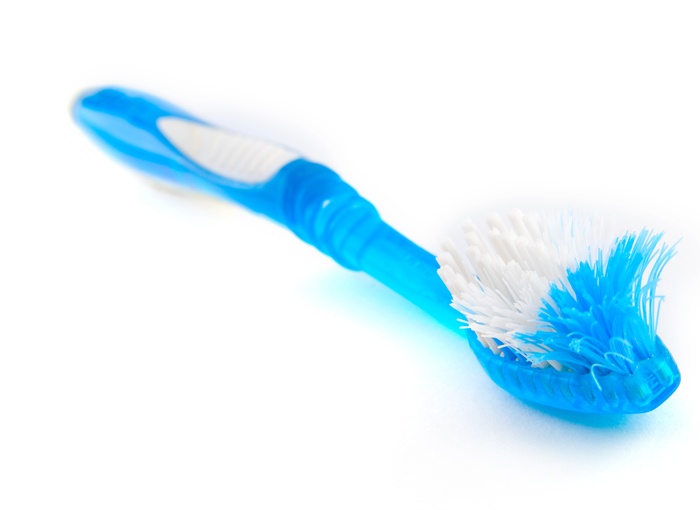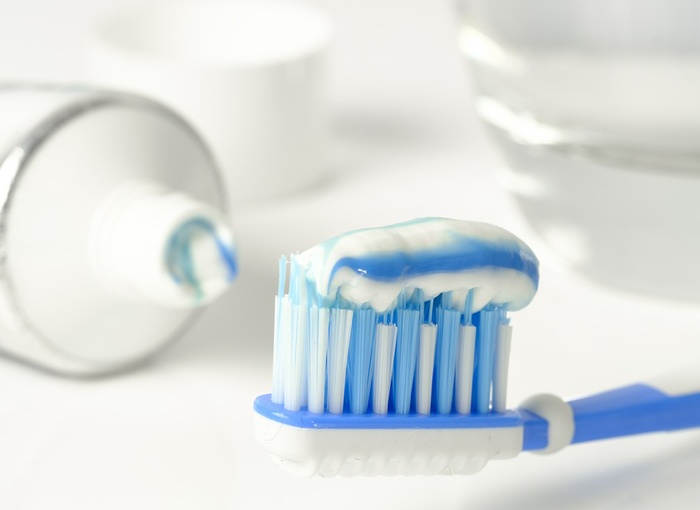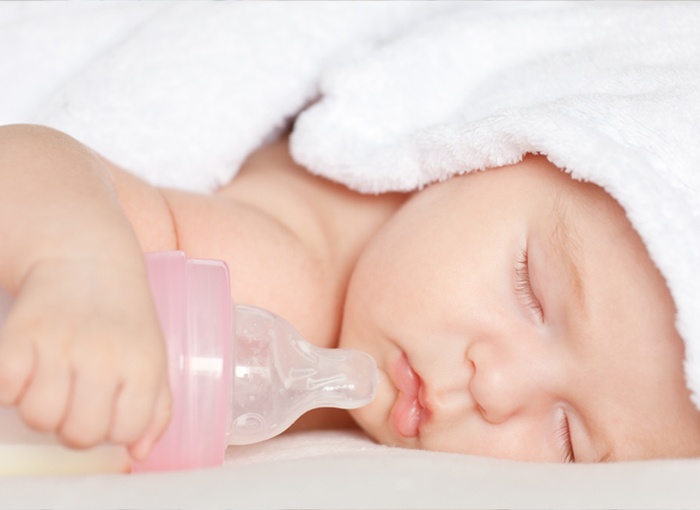Most of you know your toothbrushes aren’t meant to last forever, but it can be tough to notice when your bristles are nearing the end of their natural lifespan. It’s quite easy to know when to replace worn-out shoes or faded clothes, but when it comes to toothbrushes, it all depends on your health, usage, and preferences. Before you brush again, check whether it is time for a new toothbrush or not.
When to Get a New Toothbrush?
Many dental experts recommended changing your toothbrushes every 3 to 4 months or sooner if the bristles are worn out. No matter what kind of toothbrush you utilize, its bristles can become frayed and worn out in time. A new toothbrush can remove more plaque compared to the worn out, assuring that your brush is working adequately to keep your teeth healthy and clean.
You can also consider getting a new toothbrush sooner if you get sick, particularly if the toothbrush is stored close to other toothbrushes. If you’re in doubt, check the bristles. Children brush more rigorously compared to adults, and they may require their toothbrushes replaced more frequently.
Types of Toothbrushes
There are mainly two types of toothbrushes available in the market; electric and manual. You should select what feels comfortable and makes you want to brush your teeth properly. A manual toothbrush is highly portable and ready to use any time you need it. It makes no noise, and you can have complete control over the pressure it puts against your teeth and gums.
An electric toothbrush needs changing and is slightly ponderous to carry along when you’re travelling. Although, the proper rotating movement of the bristles makes it quicker and easier to clean between your teeth and at the gum line. Most electric toothbrushes have in-built sensors to ensure your brush long enough and don’t press too harshly.
Maintain Good Oral Hygiene
Usually, it’s common for toothbrushes to have a lot of bacteria in between their bristles. You are responsible for your toothbrush, but you don’t know how well other people care for their belongings. If you see your toothbrush touching another toothbrush, it’s better to change it and avoid swapping bacteria with someone else.
Sometimes you’re not genuinely aware when was the last time you bought a toothbrush, during such times, it’s better to get a new one. They are essential for your overall health and not that expensive so you can easily invest in a new toothbrush after noticing these signs, if not every 2 to 3 months.
Moreover, maintain your toothbrush no matter which kind you use and store it in a vertical position. Avoid storing your toothbrush in a closed container as it can lead to building bacteria. It is important to get into the habit of buying a new toothbrush, if you want keep good oral hygiene. Don’t wait for your current toothbrush to be worn out, and keep a new, fresh toothbrush waiting in the bathroom cabinet for every family member.
Book Appointment to find out which treatment might be best for you.



